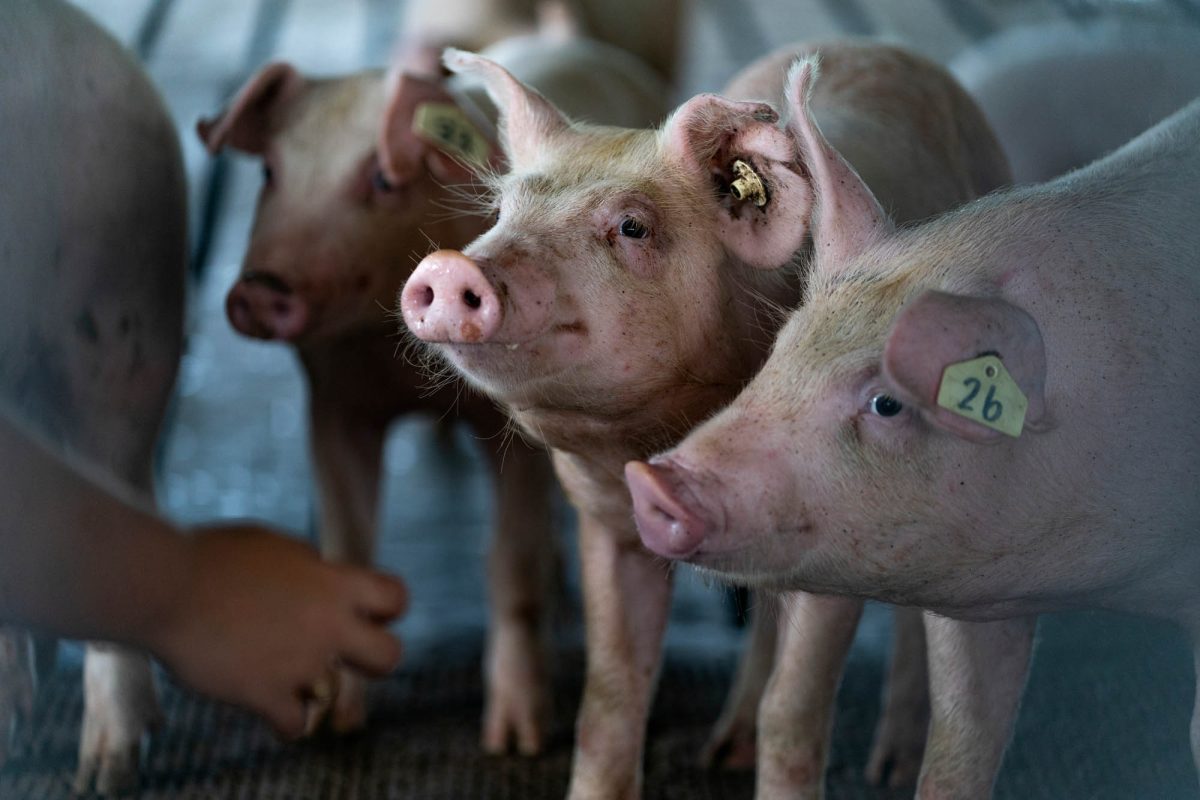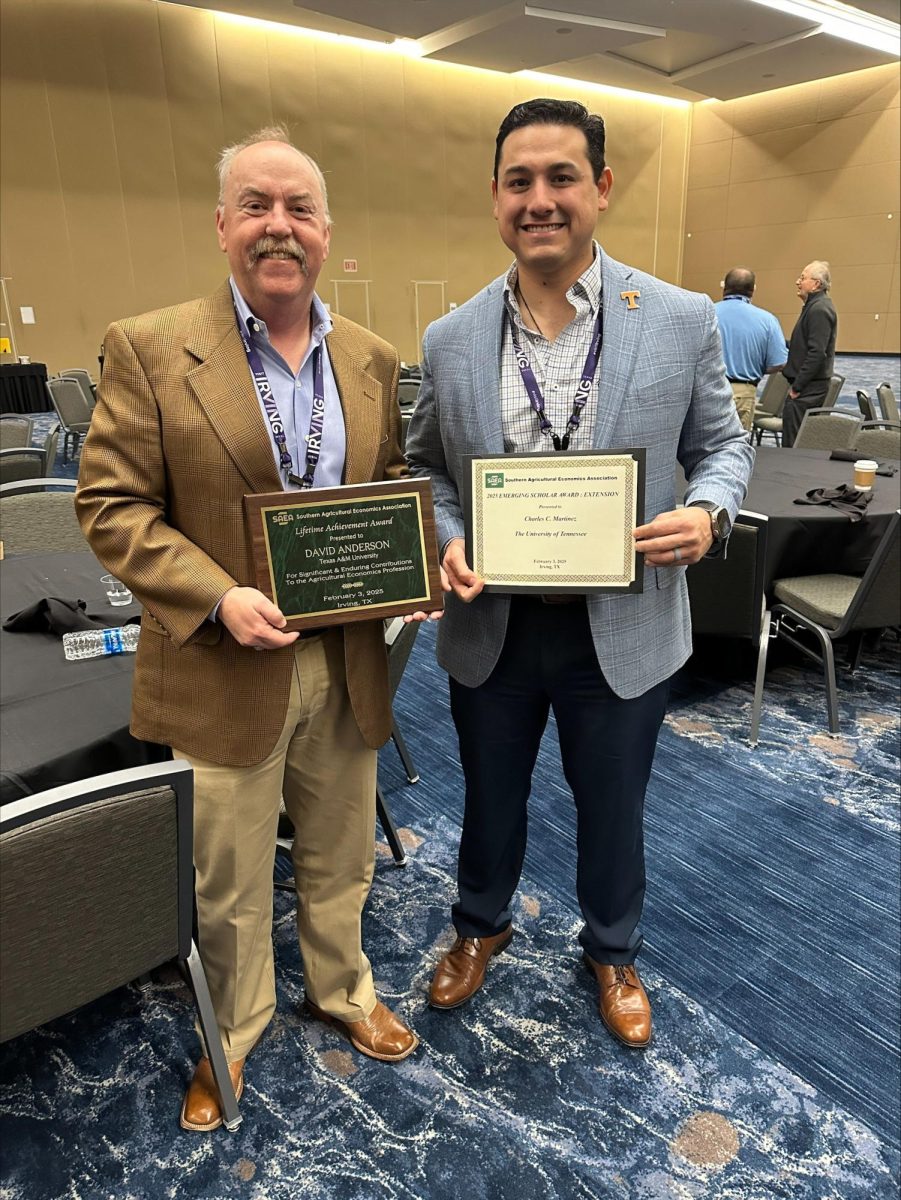Rolling, flying and swimming, robots today are capable of many physical actions. However, there is one simple movement that continues to elude the robots and their designers – walking.
It is an action confined to fiction today, but researchers at Texas A&M University are on track to teach robots to mimic their creators for the first time. A walking robot would open the doors to improved prosthesis and space exploration technology – if it can keep from falling over.
“Walking is controlled falling,” said Aaron Ames, assistant professor in mechanical engineering at Texas A&M. “When we walk, we’re never statically stable, and if you try to walk so that at any point in time you can stop, you basically walk like a robot.”
Ames is head of the A&M Bipedal Experimental Robotics Lab. The AMBER Lab has built two robots on its own, AMBER 1 and AMBER 2, that can walk with guiding tethers. AMBER Lab researchers have also collaborated with NASA and other universities on several projects, including NASA’s Valkyrie robot that competed in December’s DARPA robotics challenge.
Three to four undergraduates workwith 15 graduate students alongside Ames at any one time to research human locomotion and apply their findings to robotics.
“[AMBER 1] was the first robot that we built,” Ames said. “[It] has been a very good test bed for doing our algorithms because of the fact that it has point feet. The one thing that is difficult about human locomotion is achieving this sort of constantly falling forward phenomenon. Most robots today don’t really utilize that to the degree that they should.”
Point feet are important to achieving humanlike motion because it more accurately reflects the human form’s dimensions. Ames said while robots today are able to move on two feet, they do not walk as humans do because either the feet are disproportionally large or the legs are artificially bent.
AMBER 2 built on AMBER 1’s success. It resembles the human form from the waist down and has independently walked more than a kilometer.
Ames and his students plan to build two more robots. AMBER 2.5 is hoped to have the ability to run and walk up stairs, and Proxi is a collaboration between Texas A&M, the research company SRI International and several other universities. Proxi will be assembled at Texas A&M before competing in the December 2014 DARPA robotics challenge.
In addition to robots, Ames and the AMBER lab develops next generation prosthesis from the understanding of human locomotion derived from their research.
“One thing that sets us apart is the human inspired design, as well as the human inspired control,” said Jonathan Horn, first year graduate student in mechanical engineering and member of the AMBER lab. “Another thing is the cost. We’re looking to help somebody, that’s our main goal. It’s translating from AMBER 2 straight to someone else.”
Horn said taking ideas developed from robotics research and applying it to prosthesis poses its own unique challenges.
“The hardest thing to do is to go from something that is good for a robot and make it good for a human in that there’s a lot more limitations in terms of size, weight, functionality and safety,” Horn said.
Ames said the work in prosthesis technology produced in the lab answers the question that many skeptics ask when wondering what advantage a walking robot would have over conventional technology.
“A lot of people ask, ‘Why bipedal robots? Why do you want them to walk humanlike?’ And the answer is ultimately those technologies where you understand how humans walk can go on to building devices to help humans walk better – especially humans who can’t walk very well,” Ames said.
Eric Cousineau, second year graduate student in mechanical engineering and member of the AMBER lab, echoed Ames’ sentiments on the importance of researching human locomotion on such a fundamental level.
“The main importance is being able to develop platforms that can help people complete the tasks that they need done,” Cousineau said. “Whether that is something mundane such as a Roomba vacuuming the floor, or something more intense such as emergency response and potentially saving lives.”
First Steps
February 4, 2014
0
Donate to The Battalion
$2790
$5000
Contributed
Our Goal
Your donation will support the student journalists of Texas A&M University - College Station. Your contribution will allow us to purchase equipment and cover our annual website hosting costs, in addition to paying freelance staffers for their work, travel costs for coverage and more!
More to Discover









